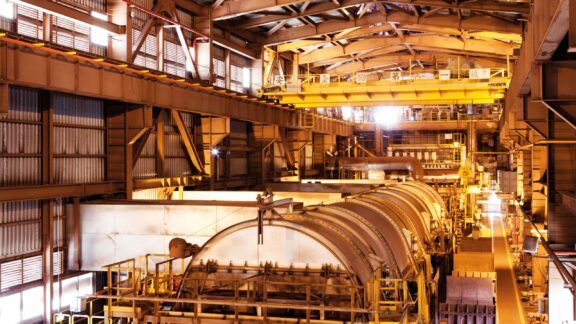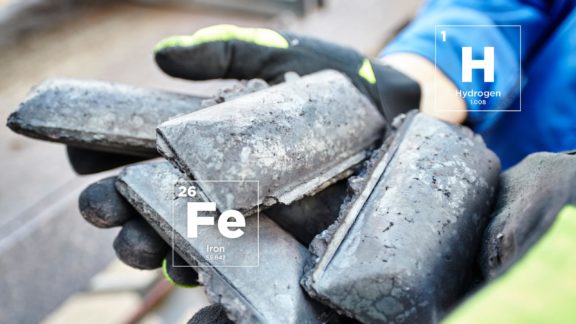Despite not being the main focus for investments, sinter plants often hold significant potential in terms of improvements that can be made to reduce conversion costs. One of the measures with the shortest payback time is in many cases the installation of a VAiron Sinter Process Optimization system. Due to the usage of a variety of different raw materials, the delay caused by long-belt conveyors, the interaction of the material on the strand with the ignited gas suction, and last but not least increasingly stringent environmental regulations, process optimization is not as easy as the slow motion of the sinter strand might suggest.
In order to achieve optimization goals under these conditions, a process optimization system must provide sophisticated tracking, diagnosis, and control models to ensure stable, reliable, and efficient production. The Expert System for sintering devised by Primetals Technologies has been designed according to the principle, “As few actions as possible, as many as necessary.”
When set to closed-loop operation, the system will execute all necessary changes fully automatically. The Expert System—a rule-based decision system—counteracts process fluctuations caused by changes in the raw-mix composition and quality, or process conditions. The sooner the system responds to an abnormal or changing process situation, the smoother the overall sinter operation will be. Accurate timing of control activities and anticipation of disturbances are of utmost importance to maintaining high production rates at low costs.
After numerous successful installations, Primetals Technologies is in a position to guarantee significant improvements in product quality and reduced fuel consumption for sinter plants using the Expert System solution. In conjunction with sinter process control and process optimization systems from Primetals Technologies, the Expert System ensures high productivity and product quality as well as stable and shift-independent operation 24 hours a day. It can easily be integrated into an existing automation environment, and the standard period of amortization can be expected to be less than a year.

